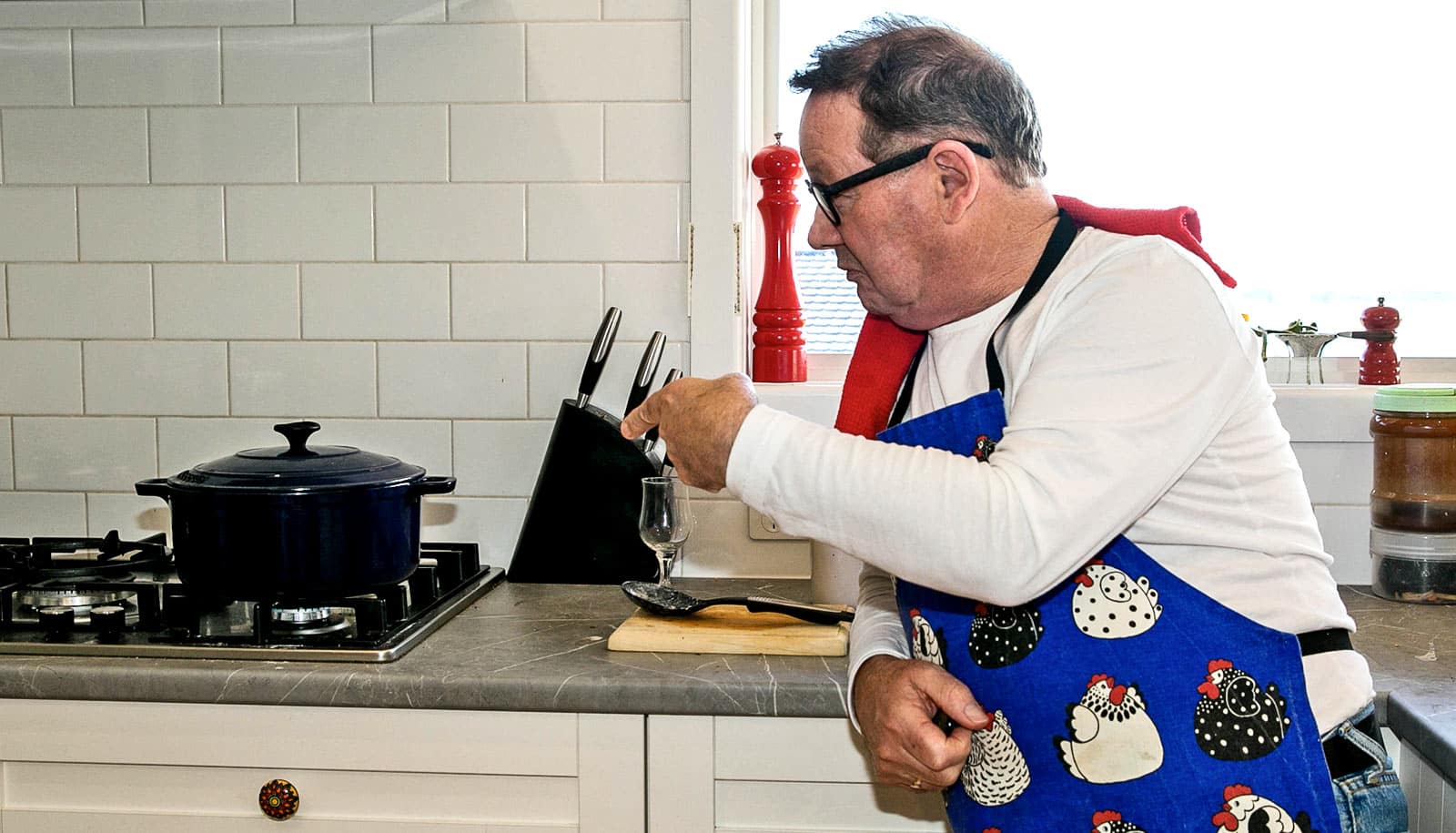Significantly more women than men move out when their partners pass away, according to a new study that investigates the settlement patterns of Danish widows and widowers.
More than 280,000 people in Denmark over the age of 50 are widows or widowers. Losing one’s life partner causes upheaval in a variety of ways. One of these many parameters can have to do with moving out. However, the residential mobility of Danish women and men after the loss of a partner can diverge significantly, the researchers report.
“There is a clear gender gap between widows and widowers when it comes to housing and where one settles—especially in relation to how much one moves. Widows and widowers seem to be affected differently by their new living situation,” says Aske Egsgaard-Pedersen, a geographer and former PhD student at the geosciences and natural resource management department at the University of Copenhagen Public Health.
Using registry data, he studied the patterns of residential changes for tens of thousands of Danish widows and widowers between the ages of 50 and 90 over a 25-year period.
Widows vs. widowers
The study demonstrates that widows move far more than widowers following the passing of a partner. While just over 30% of all widows move into new homes after the death of their partner, this is true for only 20% of widowers. At the same time, a slightly larger proportion of women than men move into residential care.
Furthermore, widows are statistically more likely to move than other women for up to four years after the death of their partner, compared to only two years for widowers. Likewise, widows are also more likely to move than widowers in the years immediately following the death of their partner.
“We were unable to determine the underlying causes of the differences we observed. But a significant amount of previous research indicates that widows are generally worse off financially than widowers because men typically have a higher income and larger retirement savings. So, one reason may be that widows experience a greater—and longer lasting—deterioration of their financial situations than widowers, which makes it necessary for them to move into something cheaper,” says Egsgaard-Pedersen.
“But at the same time, several studies indicate that women often have stronger social networks than men and thereby experience more emotional support in the situation. This may make them less ‘afraid’ than men of moving into a residential situation that, in reality, might be more appropriate. So, this could be part of the explanation for the gender difference in the statistics.”
Social challenges after partner death
The study also demonstrates that both women and men downsize after transitioning into widowhood. Where widowers reduce the size of their residences by 9 square meters (about 96 square feet) on average, widows reduce their living space by 12 m2 (about 129 square feet).
“It isn’t surprising that both sexes move into smaller residences. But, here too, there is a statistical gender difference in how much smaller their home becomes. Again, it is natural to point to personal finances as a possible cause,” says Egsgaard-Pedersen.
He points out that there is a need for qualitative research into the underlying causes.
“Even in a Nordic country where gender equality is a big deal, there remains a way to go before there are equal opportunities for men and women when they lose their life partners. Here, we should take a closer look at what can be done to support both men and women during a difficult phase of their lives and be attuned to the fact that widows and widowers are not all the same, with the same behaviors or needs,” he says.
More knowledge about what causes widows and widowers to move, and what prevents them from doing so, can benefit both individuals and society, says Høgni Kalsø Hansen, geographer and associate professor in the geosciences and natural resources management department.
“The figures from this study also show that the majority of both widows and widowers remain in their homes—this applies to 70% of women and 80% of men. And, of course, that’s fine if that’s what they want. But if many of them—perhaps men in particular—actually stay put because they are experiencing social challenges, something should be done to create attractive alternatives for them.
“This issue might be considered with regards to housing and urban planning by, for example, planning more smaller-sized homes that are both economically and socially attractive—and where an active life and networks are available for them to take part in.
“At the same time, this would release housing stock into the market. Instead of constantly building new buildings, we could make better use of the existing housing.”
The study appears in the journal Housing Studies.
Source: University of Copenhagen


